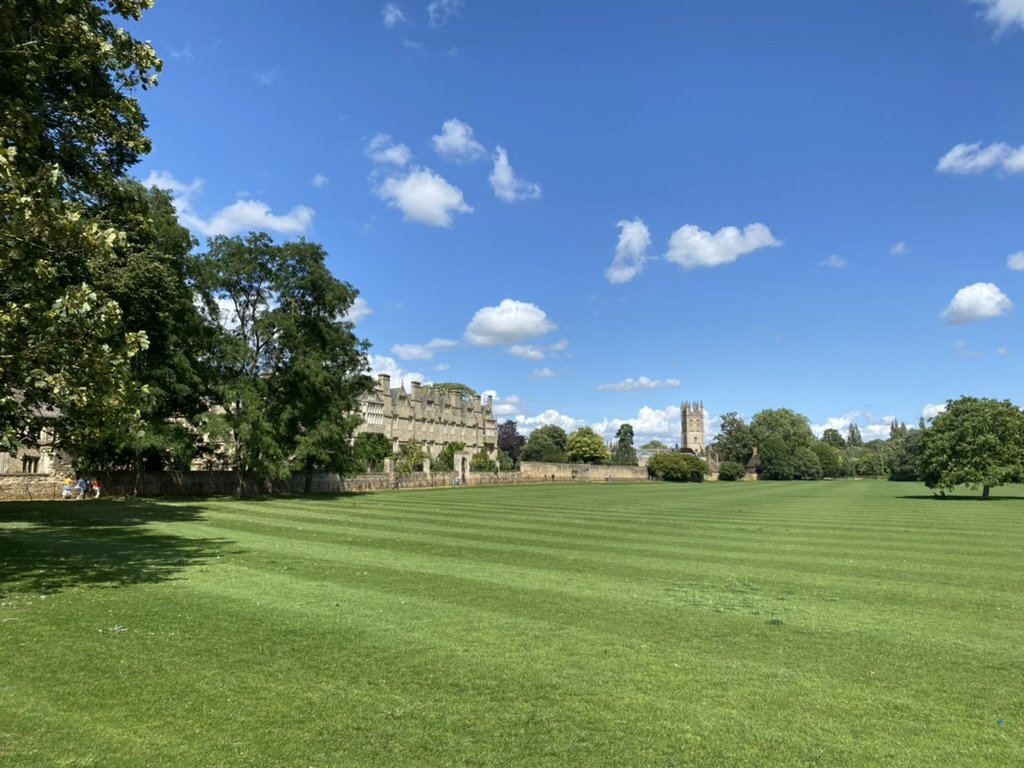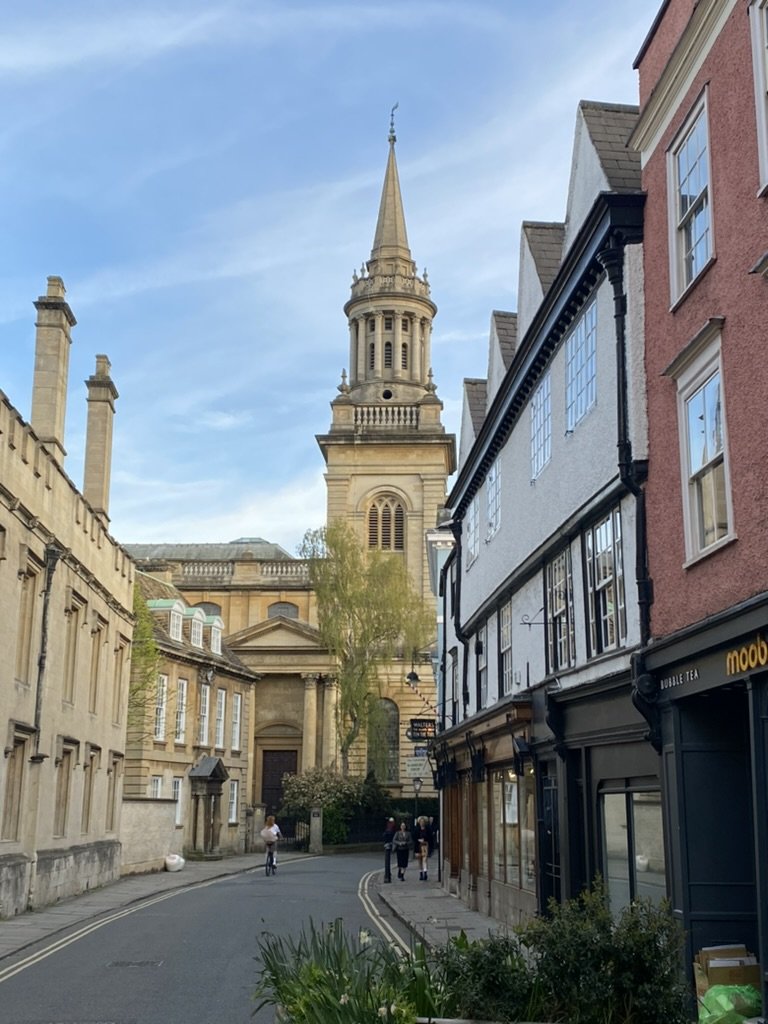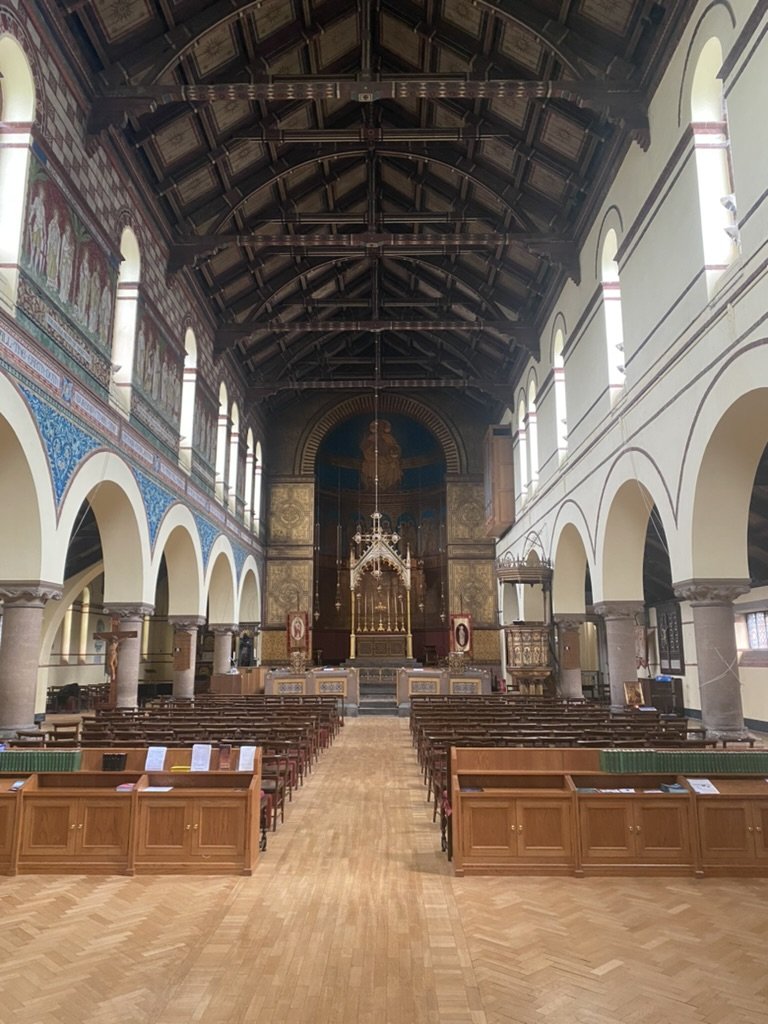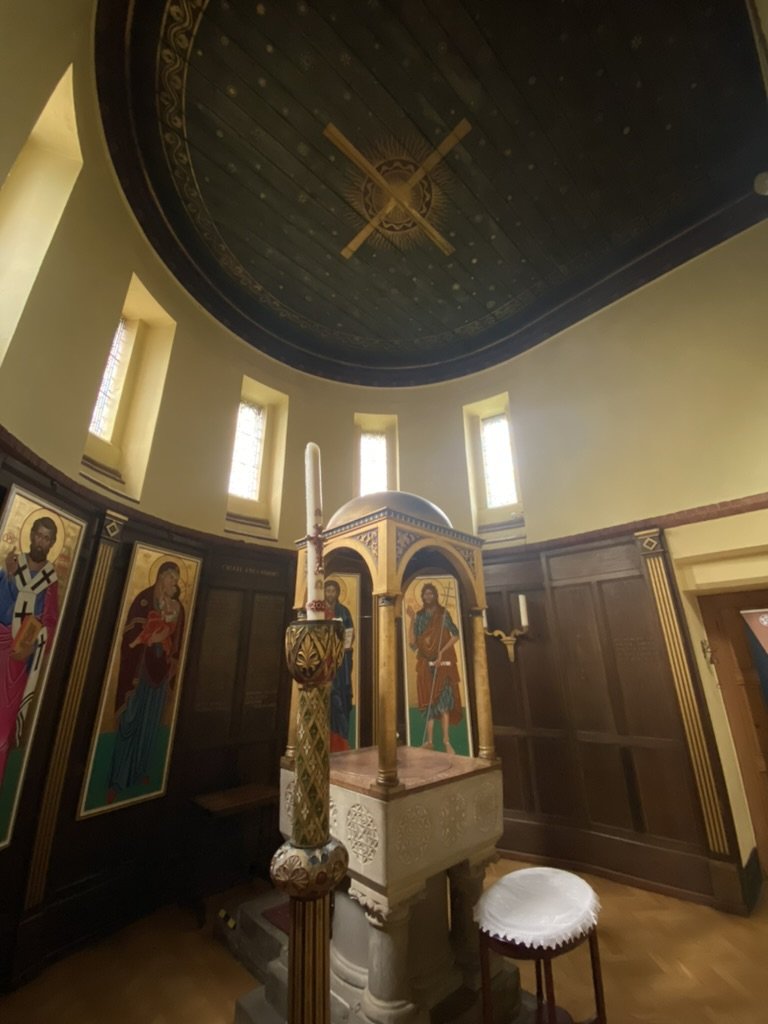John Betjeman
Summer sunshine, church bells ringing, swinging melodies all bring recollections of childhood. My parents introduced me to the delights of John Betjeman’s poetry in the late 70s. We played vinyl recordings of poems read by the charismatic Betjeman, accompanied by music. Ever since then I have loved both reading and listening to his evocative, humorous and oftentimes melancholy verse.
Betjeman’s words recall a time now in the past; fleetingly revived by unspoiled views of church spires and the backstreets of Oxford, where so little has changed since the days he studied here.
Betjeman is described as a lonely and sensitive child. He took comfort in his teddy bear Archibald Ormsby-Gore (Archie). In 1925 Betjeman, accompanied by Archie, went to Magdalen College, Oxford. This must have been a quite eccentric sight. Contemporary Evelyn Waugh, a friend of Betjeman’s, created the tragic protagonist Sebastian Flyte in Brideshead Revisited. Flyte also had a teddy bear, Aloysius, inspired by Betjeman’s Archie.
Views of Magdalen College tower and Merton College from Dead Man’s Walk.
There are many links that connect Betjeman to famous people and Oxford. While at Highgate Junior School he was taught by the poet TS Eliot. Between 194 and 1915 Eliot attended Merton College, Oxford.
Betjeman’s tutor at Magdalen was C.S. Lewis, author of the Chronicles of Narnia. Lewis did not warm to Betjeman’s charms, describing him as idle. Ultimately, Betjeman would leave Oxford without a degree.
While in Oxford Betjeman did strike up friendships with a number of prominent figures, including classical scholar Maurice Bowra, poet W.H. Auden and publisher John Murray. In 1947 Auden showed his appreciation by editing a choice of Betjeman’s verse.
Despite ‘going down’ from Oxford Betjeman would go on to enjoy celebrity and great achievement, publishing works of poetry and prose, including guidebooks to the counties and churches of England. He was Knighted in 1969 and became Poet Laureate in 1972 until his death in 1984.
Oscar Wilde
by Elliott & Fry, half-plate glass negative, 1881. NPG x82203
© National Portrait Gallery, London
The details of the arrest of another Magdalen College alumnus, Oscar Wilde, moved Betjeman to write The Arrest of Oscar Wilde at the Cadogan Hotel (1937) . Wilde had been at the height of his literary fame in 1895 when he was arrested. Homosexuality was a crime in Britain until the 1967 Sexual Offences Act. Despite encouragement by friends to flee, Wilde remained and was sentenced to two years hard labour.
Betjeman conveys Wilde’s sense of betrayal in the first quatraine;
He sipped at a weak hock and seltzer
As he gazed at the London skies
The voice of Wilde becomes increasingly alarmed with each stanza. The desperation here is palpable;
“I want some more hock in my seltzer,
And Robbie, please give me your hand —
Is this the end or beginning?
How can I understand?
Betjeman described the nameless heads, referred to as Erms, that divide Broad Street from the heart of the University as “Mouldering Busts” on account of the erosion that ruined previous iterations.
Standing in Turl Street you are surrounded by three colleges; Lincoln, Exeter and Jesus. Lincoln College, founded in 1427 by Richard Fleming, Bishop of Lincoln is one of the smaller of Oxford’s Colleges with just 300 undergraduates. Exeter College, founded in 1341 by Walter de Stapleton, has 400 undergraduates and Jesus College, founded in 1571 by Dr Huw Price, has 400 undergraduates. Betjeman affectionately described them as; “the little colleges that front the Turl”.
St Barnabas Church, Jericho.
John Betjeman wrote a poem about St. Barnabas in Jericho.
St. Barnabas, Oxford
How long was the peril, how breathless the day,
In topaz and beryl, the sun dies away,
His rays lying static at quarter to six
On polychromatical lacing of bricks.
Good Lord, as the angelus floats down the road
Byzantine St Barnabas, be Thine Abode.
St Barnabas is an Italianate church with the most unusual sounding bell. In fact the chimes you hear are made by a set of tubular bells. Betjeman makes reference to them in his poem Myfanwy at Oxford;
Tubular bells of tall St. Barnabas,
Single clatter above St. Paul,
Chasuble, acolyte, incense-offering,
Spectacled faces held in thrall.
The inside of St Barnabas is stunning, decorated in bright colours and murals. Whenever you feel like a stroll in the sun to the north of the city, seek out Jericho, the canal and St Barnabas. Listen to the chimes and read Betjeman’s verse.
Find out more:
Frank Skinner's Poetry Podcast - John Betjeman
Jarvis Cocker uncovers an album made by Sir John Betjeman in 1974.










